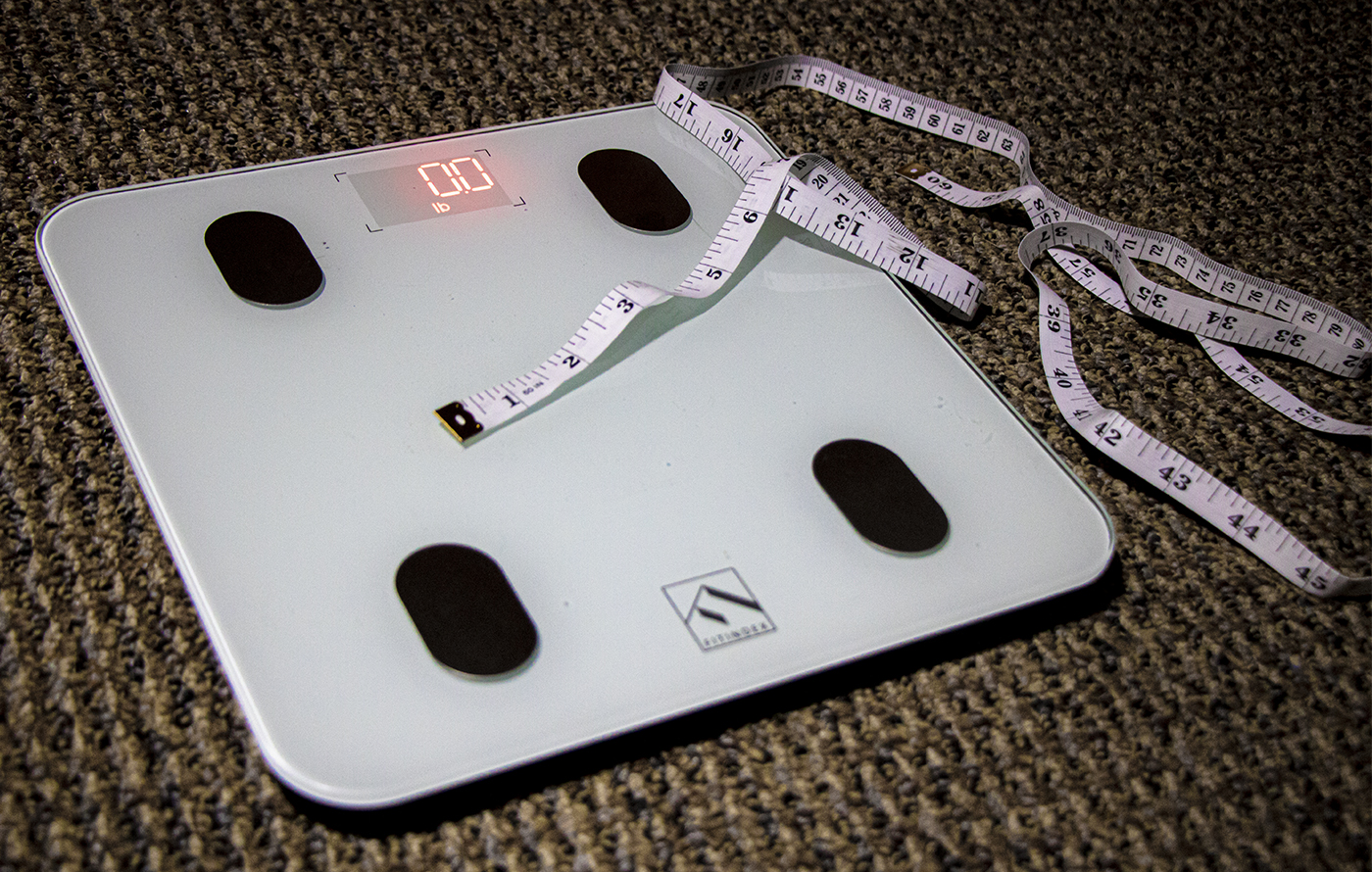UCLA study finds body fat in women appears unrelated to heart disease

UCLA researchers found high body fat percentages are linked to protection from heart diseases in women. (Finn Chitwood/Daily Bruin)

By Sarah Nelson
April 2, 2021 4:27 p.m.
Researchers at UCLA found that women with higher percentages of body fat are less susceptible to adverse outcomes from heart disease.
Researchers previously believed that only men and women with low body fat and high muscle mass are less vulnerable to death from heart disease, despite overall body muscle mass.
According to a UCLA study published by the American Heart Association on March 2, high muscle mass was correlated with a lower risk of death from heart disease in both men and women.
“In women, having high muscle and high fat mass was protective, and that was not the case in men,” said Dr. Preethi Srikanthan, an endocrinologist at UCLA and the study’s first author. “So there appears to be some importance in having or retaining body fat in women, which is not seen in men.”
The researchers used data published by the National Health and Nutrition Examination Survey Database, collected over a 15-year period, Srikanthan said.
Data was obtained from more than 11,000 people, 20 years or older. The researchers categorized participants into groups based on body type: low muscle mass and low body fat, low muscle and high fat, high muscle and low fat, and high muscle and high fat. The researchers then calculated the risk of death due to heart disease in each group.
The study found that women with a high percentage of both body fat and muscle mass had a 42% lower chance of death due to heart disease compared to women with low muscle mass and low body fat. But high muscle mass and low body fat did not result in a lower likelihood of death from heart disease, Srikanthan said.
This was in direct contrast to data derived from men, who experienced a 60% decrease in rate of mortality with high muscle mass and low body fat percentage. Men with high muscle mass and high body fat had a 26% lower risk of death due to heart disease compared to men with low body fat mass and low muscle mass.
“What this suggests is that there is definitely a difference in men compared with women, with results to the effect of fat,” Srikanthan said.
Tamara Horwich, a cardiologist at UCLA and co-author of the study, said the study underscores the need to target differences in weight management in women to increase overall muscle mass, as opposed to focusing on minimizing body fat.
“All fat is not created equal,” Srikanthan said.
When the body’s fat deposits are located either under the skin or in the lower extremities, there is a better chance of avoiding adverse cardiovascular outcomes, she said. However, if the body’s fat deposits are located in the abdominal region, there is a greater risk of death due to heart disease, Srikanthan said.
“And we also know that there are different types of fat: white fat that stores fat and brown fat that burns fat,” Srikanthan said.
A higher percentage of brown fat may be associated with a decreased risk of heart disease, according to the study.
The study showed a need to evaluate weight loss and body image differently for men and women, Horwich said.
“We need to look closer before making recommendations that someone needs to lose weight, … at body composition, muscle versus fat, as opposed to just their weight,” Horwich said.
She added that the focus for women should be on physical activity to build muscle mass, as well as healthy nutrition, rather than just losing weight or body fat.
A person dies from heart disease in the United States every 36 seconds, according to the Centers for Disease Control. Heart disease was the leading cause of death in Americans in 2020, followed by all types of cancer and COVID-19, respectively, according to the CDC.
Although 5 million men and 3 million women experience heart attacks on a yearly basis, men and women die from heart disease in equal proportions, according to the American Heart Association. However, deaths due to heart attacks decreased over the past 50 years.
The CDC recommends that individuals participate in 150 minutes of moderate physical activity or 75 minutes of vigorous activity per week.
These recommendations have proven to be challenging for students during the COVID-19 pandemic, according to Lorena Palattao, a co-director of UCLA’s Student Wellness Commission Body Image Task Force.
Physical improvement is all about accepting your body and being forgiving, but at the same time focusing on joyful movement.
“You don’t have to have a goal of losing weight that you may have gained or weight that you’ve been wanting to lose,” Palattao said. “It’s just about making sure you listen to your body and what it needs from you.”


